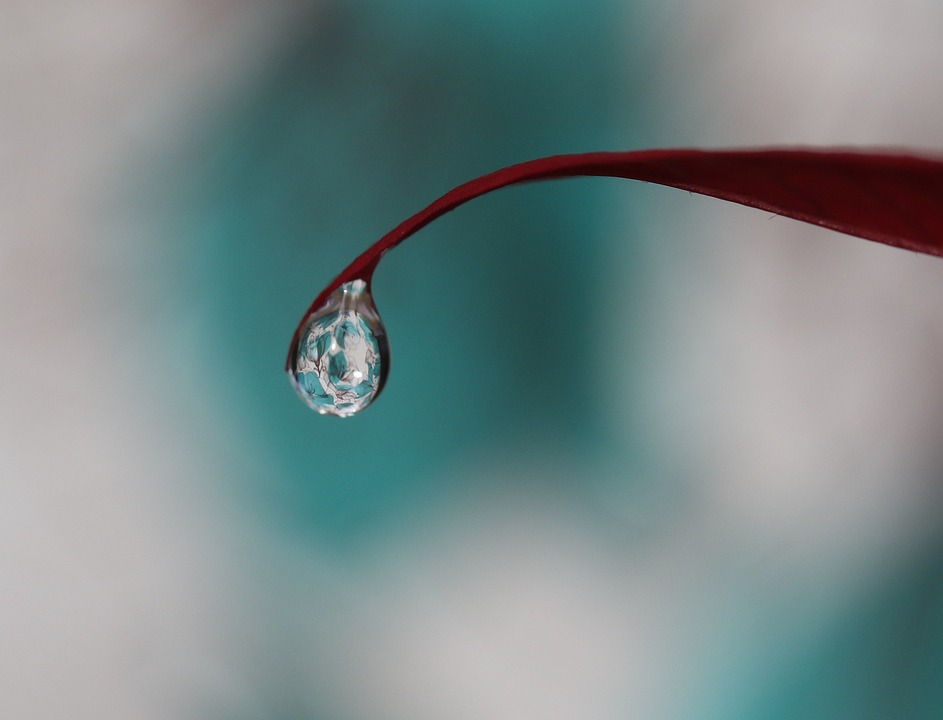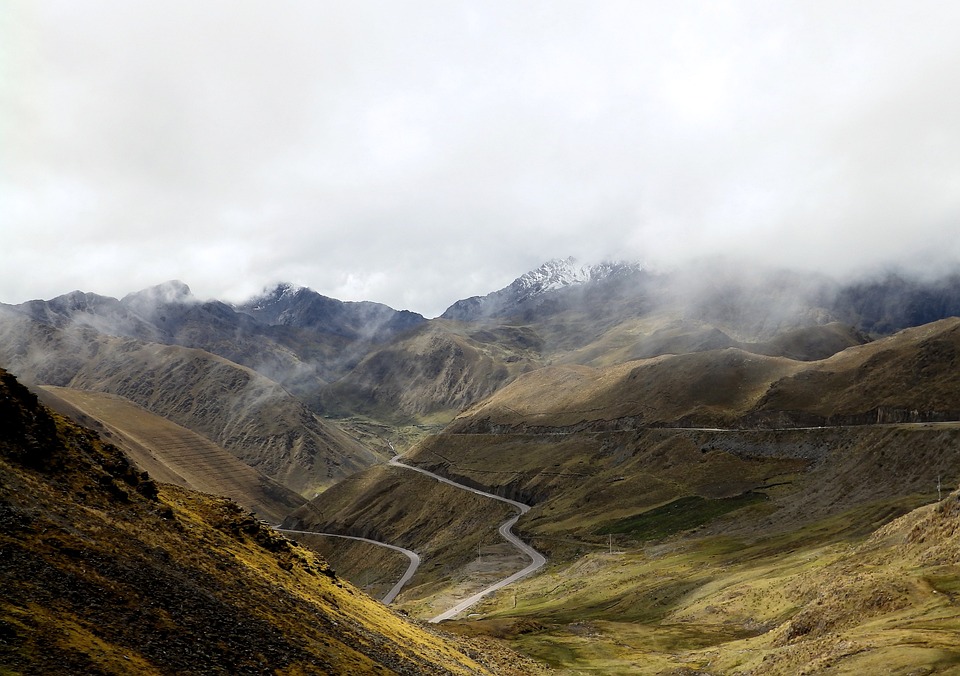The Refracted Reality: How Light’s Bending Creates a Rainbow
As the sun shines brightly on a clear blue sky, a majestic sight appears – a rainbow stretching across the horizon. Its vibrant colors, a kaleidoscope of red, orange, yellow, green, blue, indigo, and violet, seem almost magical. But what creates this stunning display of light and color? The answer lies in the science of refraction, and it’s more fascinating than you might think.
Refracted Reality
Refracted light is the bending of light as it passes from one medium to another with a different optical density. In the case of a rainbow, the medium is water droplets suspended in the air, such as after a rain shower or near a waterfall. When sunlight enters these droplets, it slows down and changes direction, or refracts. This bending occurs because light travels faster in air than in water, causing it to change course.
The Rainbow Process
As sunlight enters the water droplets, it is refracted and separated into its individual colors, a process known as dispersion. The different colors have different wavelengths, and this difference in wavelength affects how much the light is refracted. Red light, with its longer wavelength, is bent less than blue light, with its shorter wavelength.
As the refracted light exits the droplets, it is reflected off the back of the droplet and passes through the droplet again on its way out. This creates the second refraction, where the light is bent once more and exits the droplet at a slightly different angle.
The Refracted Rainbow
The combination of these two refractions and the dispersion of light creates the beautiful colors of the rainbow. The different angles at which the light exits the droplets determine the position of the colors in the rainbow. The colors always appear in the same order: red, orange, yellow, green, blue, indigo, and violet.
Image
Here’s an illustration of the refraction process, where sunlight enters a water droplet and is refracted and dispersed:
[Illustration: Sunlight entering a water droplet, being refracted and dispersed]
FAQs
Q: Why do we usually see rainbows after a rain shower?
A: Rainbows occur when sunlight passes through water droplets suspended in the air, typically after a rain shower or near a waterfall. The water droplets act as a prism, refracting and dispersing the sunlight.
Q: Can I create a rainbow?
A: Yes! You can create a rainbow by positioning yourself between a bright light source (such as a lamp or the sun) and a water surface (such as a shower, bathtub, or pool). Spray water in the air to create tiny droplets, and you’ll see a miniature rainbow.
Q: Are there any rare types of rainbows?
A: Yes! There are several rare types of rainbows, including:
- Double rainbow: A secondary arc appears outside the primary arc, created by light being reflected twice before reaching your eyes.
- Fogbow: A rainbow-like phenomenon that occurs when sunlight passes through fog instead of water droplets.
- Moonbow: A rainbow-like phenomenon that occurs when the moon is full and shines through water droplets in the air.
Q: Can I take a photo of a rainbow?
A: Yes! While it can be challenging, it’s possible to capture a rainbow’s beauty through photography. Use a tripod, a wide-angle lens, and a low aperture to ensure the rainbow’s vibrant colors are captured. Remember to take multiple shots to ensure the perfect capture!
Next time you gaze upon a rainbow, remember the incredible process of refraction and dispersion that created this breathtaking sight. The science behind the rainbow is truly awe-inspiring, and it’s a reminder of the beauty and wonder that can be found in the world around us.



